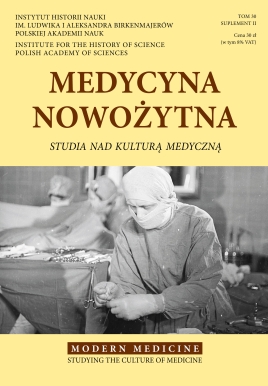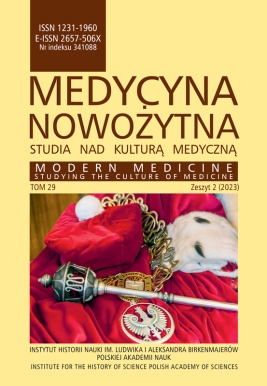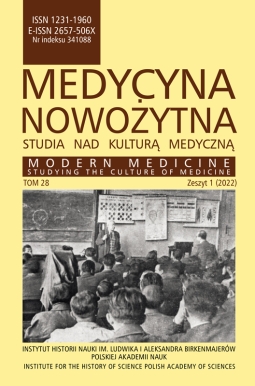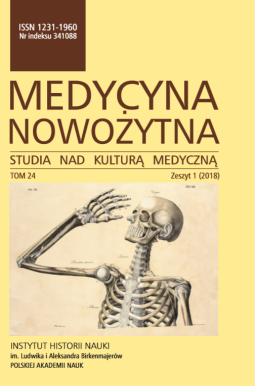Professors of medicine colleges at the end of 1940s and beginning of 1950s, as seen in the archive documents of the Central Committee of the Polish United Worker’s Party (KC PZPR) – The Archives of Modern Records
An independent Department of Science and Higher education at the KC PZPR was created in 1949 to take responsibility for all matters related to the development of science and higher education in the post-war Stalinist Poland. The department was responsible not only for the development of new solutions in the domain of science and higher education, but it also created reports on the entire process of education itself, the level of the ideological education of the students, the number of graduates etc. College faculty was another major area of interest. The surviving documentation consists of i.a. copies of various international trip request forms, reports from scientifi c conferences, memos describing the scientifi c community of a given college, as well as various types of complaints and denunciations. The article focuses mainly on the professors from the various medical colleges and aims at presenting a snapshot of the then-contemporary medical elite in the scientifi c domain as seen by Party offi cials. To what extent was the presented image distorted and what was the reason for its creation? – those are only some of the questions that the article tries to answer.































